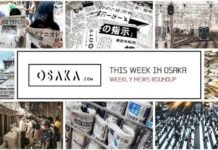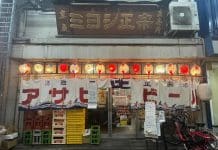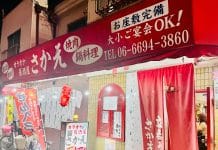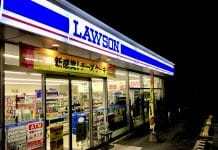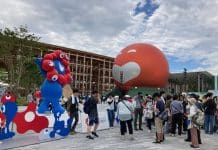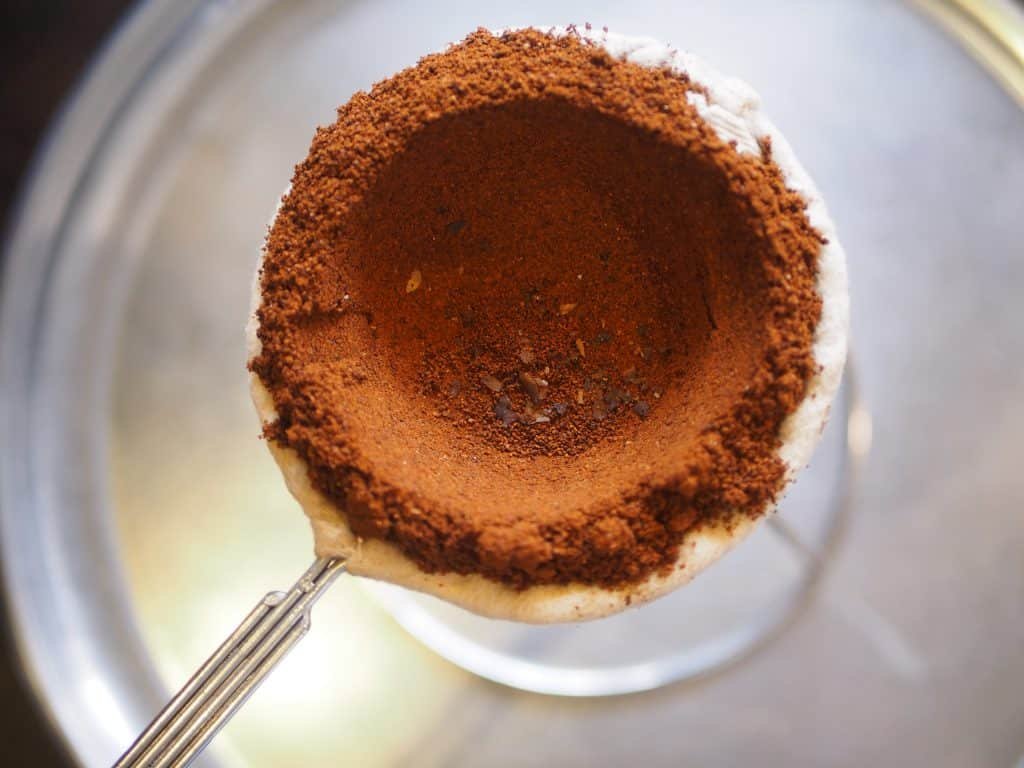
Table of Contents
A Journey from Apathy to Appreciation
Finding a truly enjoyable cup of coffee can be a challenge. For most of my life, I viewed coffee as a bitter and, quite frankly, unappealing beverage that adults consumed in a bid to stay awake and maintain their sanity. Despite trying it a few times, I never seemed to experience the allure of a good cup, and I quickly dismissed coffee as a bitter concoction with no real appeal.
However, coffee is everywhere, a ubiquitous presence in our daily lives. Exposed to it repeatedly, I gradually developed a taste for it. I even found myself appreciating the flavor of the commercialized coffee available in grocery stores, which I now refer to as ‘brown liquid with coffee flavor,’ or more flatly, undrinkable.
Before you write me off as a coffee snob, hear me out. I never really understood coffee and viewed it as a pastime of the affluent to fuss over, much like wine. In rebellion to that, I drank instant coffee, thinking that coffee is just coffee. I saw coffee in a similar light to clothing; brand names were merely hype, and people who bought into brand names falsely attributed quality and style to a simple name.
I was wrong. Not all coffee is created equal.
I’ve tried coffee on numerous occasions, but I can only remember a couple of times when coffee gave me that elusive high. The first time I can recall being absolutely enamored with coffee was while couch surfing in Chicago. My host brewed me a cup before I went out to explore the city. This particular cup gave me such a high and elating feeling that when I returned, I immediately asked about the coffee and was told it was from Kona, Hawaii. Afterward, I looked around in grocery stores and found a bag of coffee from Hawaii, but I never felt the same effects as that cup I had while couch surfing. So, I just wrote it off as a fluke, a random high and good feeling not necessarily associated with coffee or where the coffee was grown, and gave up my search on finding that perfect cup.
A possible reason I wasn’t able to recreate the experience I had while couchsurfing is most likely a problem with freshness. As the documentary ‘A Film About Coffee‘ points out, coffee beans have a limited shelf life, and beans begin to go stale 2-4 weeks after roasting. As for ground coffee, it should be consumed within only 1-2 weeks after grinding, and for those who are especially meticulous about coffee, grinding right before brewing is essential. The problem is that grocery retailers do not want you to know the roast date of their coffee; they only inform you of a “best-use” date. If customers see beans that are several months old, they may be deterred from purchasing. A “best-use” date is much more effective at pushing old stock off the shelves.
An Exploration of Fukuoka City with a Coffee Expert
Recently, I met a friend from Missouri in Fukuoka City who, more than anyone I’ve ever known, has a serious passion for coffee. He even goes as far to roast his beans at home. I would undoubtedly label him as a coffee connoisseur. Eager to enjoy some coffee, we embarked on a quest. As we strolled through Fukuoka City, he admired everything in his path. He was infatuated with the Japanese style and sensibility, appreciating the meticulous attention to detail and the strong work ethic that can be found in this country.
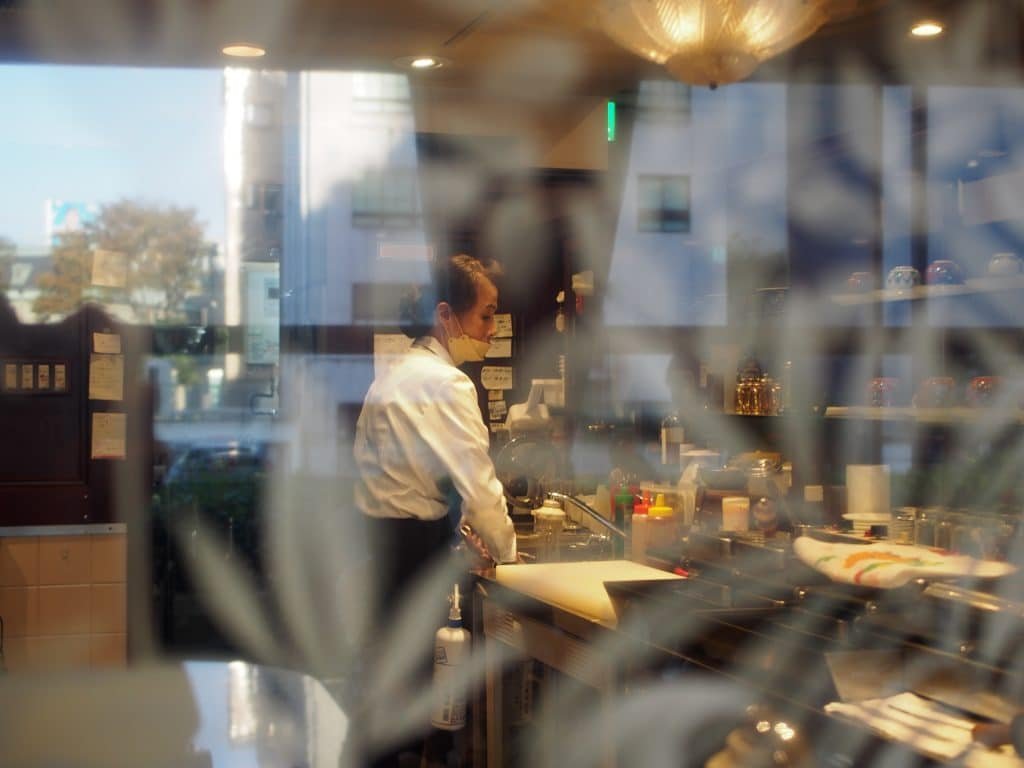
We found ourselves in an underground shopping arcade, and he marveled at the small details of craftsmanship in the various retail shops as we scoured the area for a suitable coffee shop. At one point, he spoke in awe of the subway exit stairs, while I pondered, “Aren’t stairs just stairs?”
I realize now that I just hadn’t paid close enough attention and had been unable to fully appreciate the artistry, much like with coffee. Coffee, similar to craftsmanship, possesses layers that escape the casual observer. This seemingly commonplace, readily available, and mundane commodity is often taken for granted. Yet, it can become a daily treasure when one delves into its intricacies, just as my friend found beauty in our environment.
Onca Coffee
Address: 4-3-8 Tenjin, Chuo-ku, Fukuoka, Fukuoka 810-0001
We stumbled upon a little coffee shop called “Onca Coffee” stuffed between a Uniqlo and a Jins eyeglasses store in a fairly big shopping mall. After passing several coffee shops, my friend finally settled on this one. He stood in admiration as he watched the baristas expertly craft a latte and perused the menu before declaring, “Let’s have a cup here.”
The menu was refreshingly simple, offering only two coffee options: “shiro” and “kuro.” In Japanese, “shiro” means white, and “kuro” means black. So, the menu essentially presented a choice between a black coffee or black coffee with milk. However, the complexity of options extended further, as indicated by a two-axis graph that portrayed the flavor profiles of the available beans that can be used to brew your coffee. The x-axis ranged from sour to bitter, and the y-axis spanned from robust to delicate.
I made my choice, selecting the Ethiopian Yirgacheffe with a sour and delicate profile. As I sipped on my coffee and engaged in conversation, I couldn’t help but wonder about the intricacies of coffee. This led to a series of questions for my friend, aiming to unravel the mysteries of my coffee experiences and determine whether my past coffee highs were mere coincidences or if there was a hidden secret to discovering that elusive perfect cup.
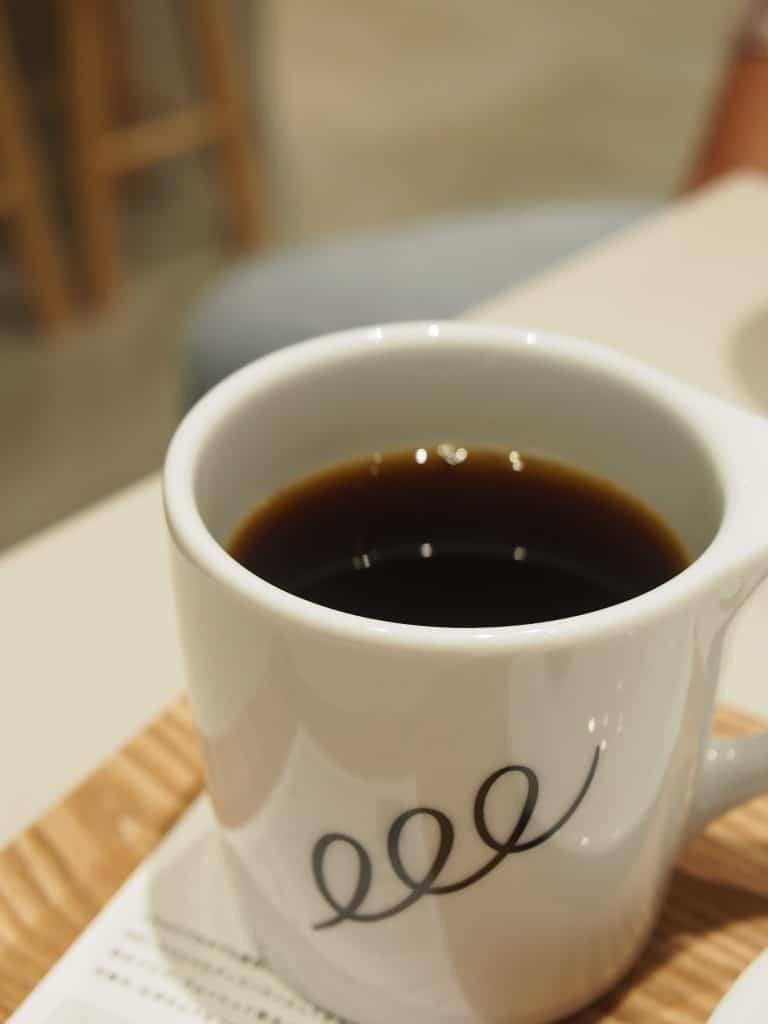
I inquired about French presses, the purpose of the long spouts on coffee kettles, the reasons behind the high cost of Blue Mountain coffee, and the variations in how different coffees affected me – some leaving me elated and focused, while others had no discernible effect.
He let me know that one should care about the origin of their coffee because good coffee is grown in high-altitude places a certain distance from the equator. He noted Ethiopia as the birthplace of coffee. He shared his experiences with home roasting and sourcing suitable beans, mentioning that he tries to stay away from Blue Mountain because it is way too expensive and that other varieties are just as good.
However, one contradictory thing he said really made me curious about Blue Mountain Coffee. It was his first and immediate reaction where he mentioned that if he starts drinking it, he’s afraid he won’t be able to enjoy other coffee. I couldn’t let that statement go, and it really piqued my curiosity. I wanted to know what separates Blue Mountain from the rest, which led us on another journey to find a coffee shop that serves Jamaican Blue Mountain Coffee. I think he wanted me to taste it for myself and let firsthand experience make the decision rather than explain it. My friend certainly gave me a coffee education and catalyzed my own more enlightened pursuit of good coffee.
A Coffee Adventure in Japan’s Culinary Hub, Osaka
Now, back to Osaka. Where can I find a good cup? Well, at first, I want to explore places that are also involved in the roasting phase of coffee production because, well, my friend is also a roaster, and I believe these places will have the attention to detail required to brew a good cup. Also, I’m a bit doubtful of my own roasting skills and I am afraid I don’t have the time, knowledge, and space required to properly roast coffee beans. I also believe coffee shops involved in the roasting process will be more aware of where they source the beans.
Coffee Roasters Club Furuichi Main Branch
Address:South Court Furuichi, 6-6-3-1F Sakaemachi, Habikino, Osaka 583-0853
My first stop is a place not far from my house. It’s called ばいせん工房珈琲倶楽部 古市本店 in Japanese. In English, it could be translated to something like Coffee Roasters Club Furuichi Main Branch. They only have one more location and it can be found in Habikino as well. The Furuichi branch can be easily accessed by train on the Minami Kintetsu Line while the other location is accessed most easily by car.
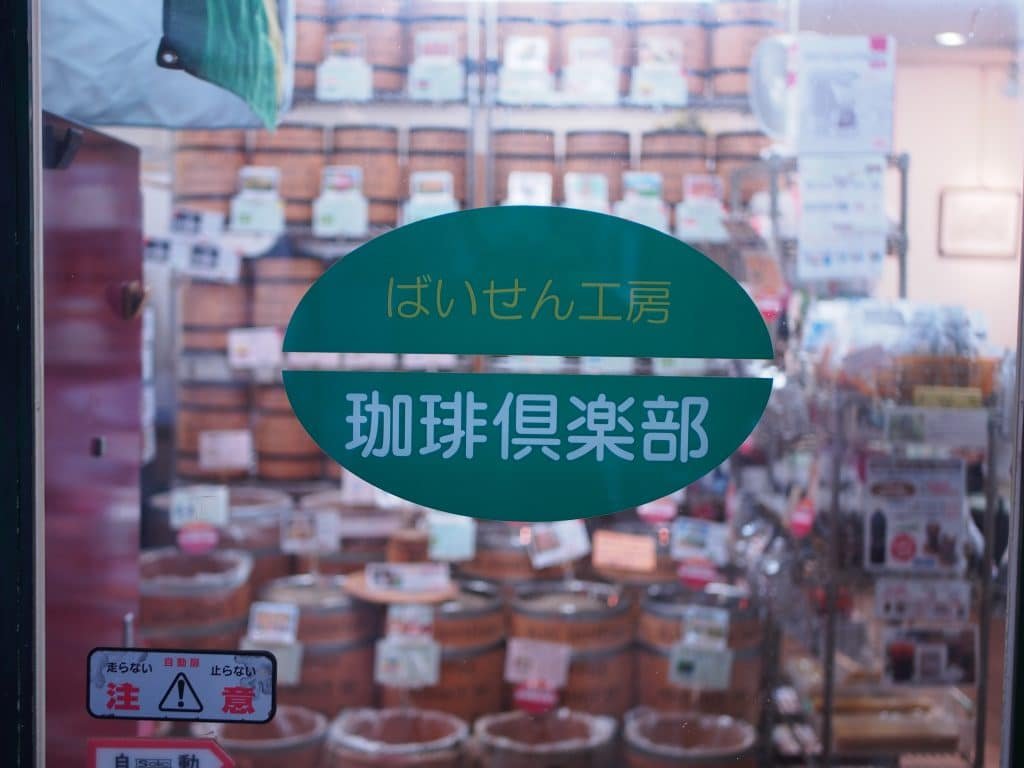
I visited the store recently and was greeted by the delightful aroma of freshly roasting coffee beans as I approached the store. You walk in and select from a range of beans grown in different regions. After you choose your bean’s origin, the next step is to select your roast level, ranging from light to dark.
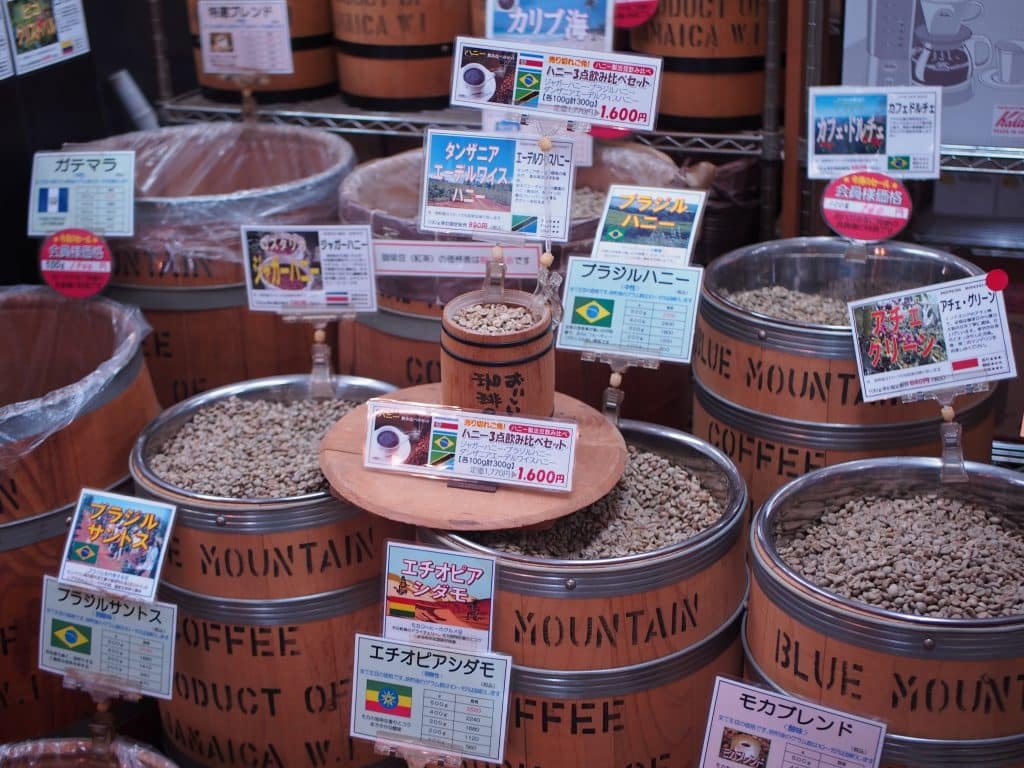
While your beans are roasting, you can enjoy a complimentary cup of coffee and savor the incredible aroma of the roasting coffee beans. I wasn’t exactly sure which beans to choose and asked for a recommendation from the roasters. I got quite a deal if I became a member – about 600 yen for 100 grams of their Caribbean blend. I chose a medium roast, and while waiting for my beans, I had a nice cup of coffee from Guatemala.
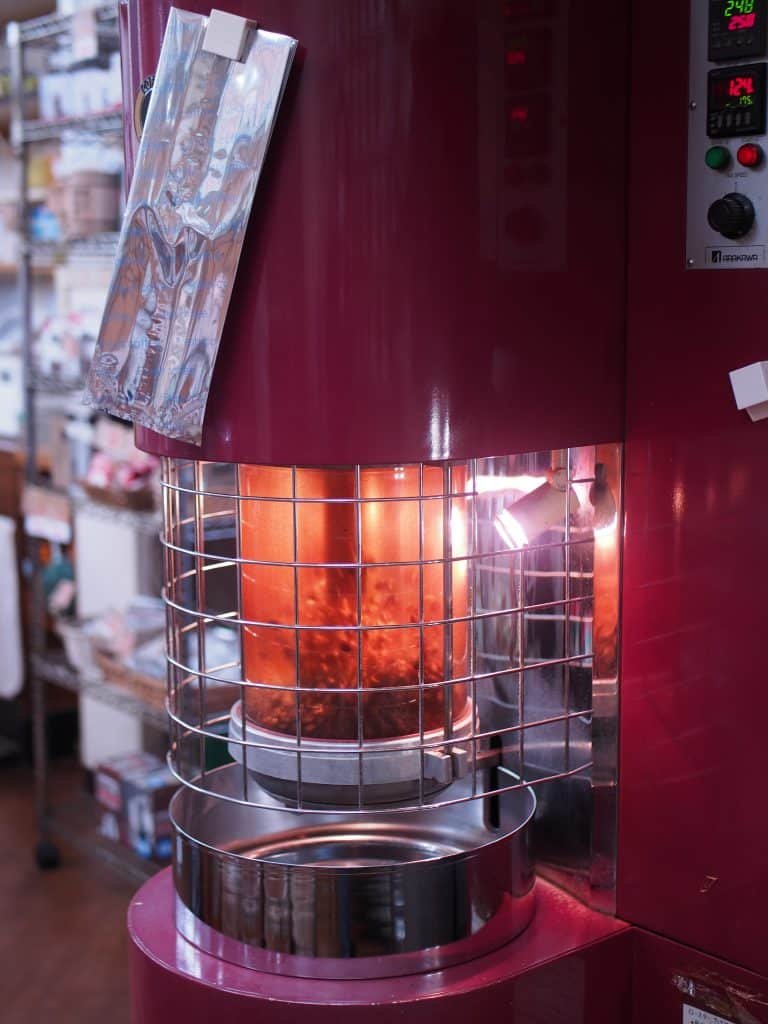
I wholeheartedly recommend this place. Their Caribbean blend of beans undeniably provided me with the elusive high I’ve been searching for, and it’s available at a reasonable price. For those who live too far away to visit in person, you can conveniently order from their online store, where they roast and ship your order on the same day. You can place your order here.
The Munch
Address: 2-386 Gyobu, Yao City, Osaka 581-0015
The next destination in my exploration of Osaka’s specialist coffee shops led me to The Munch in Yao, Osaka. Getting there isn’t the most convenient, as it’s located in a residential area. To reach it, you can take the Kintetsu Osaka Line to Takayasu station, and it’s approximately a 13-minute walk from the station. The store can be found in a quiet neighborhood with minimal foot traffic. The owner, Mr. Kanji Tanaka offers something that can hardly be found even in the bustling districts of Osaka, Tokyo, or anywhere in Japan for that matter and it’s the store itself that truly makes it worth the visit. He takes coffee to unique levels and offers a menu that’s unlikely to be found anywhere else in Japan or the world, if you’ll permit me to make such a bold claim.
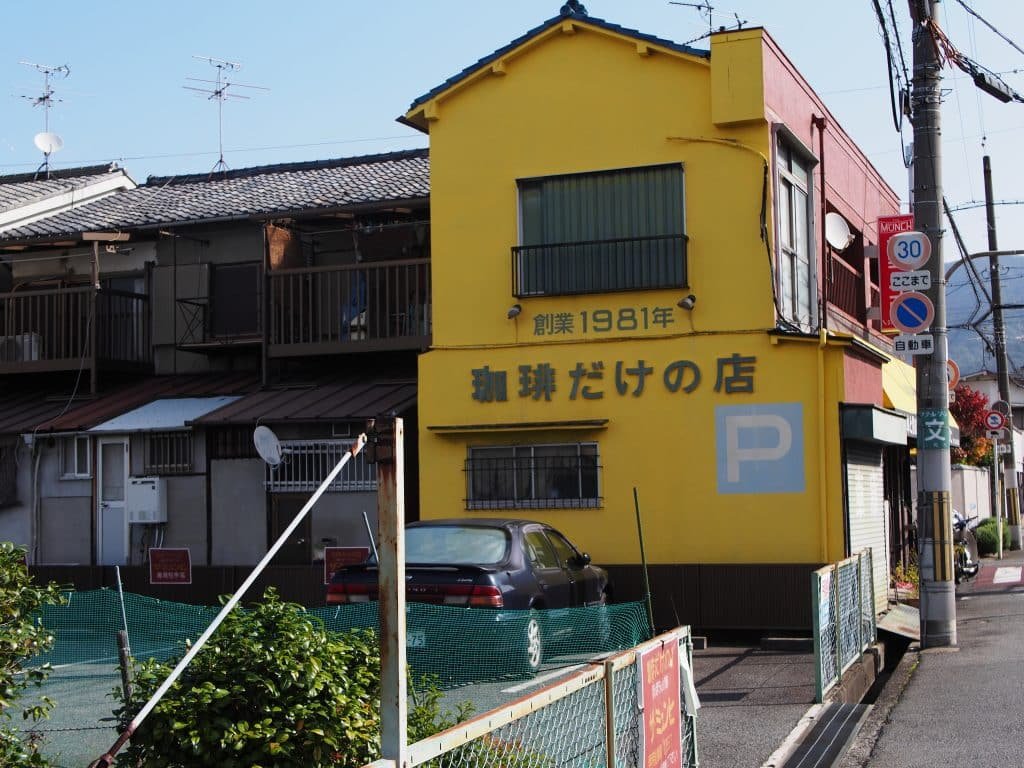
The most remarkable menu item is his 110,000 yen ($750!) cup of coffee that has been aged for 26 years and is served on antique Meissen tableware that may well be considered museum quality. For those with a tighter budget, a spoonful of this black gold can be enjoyed for a mere 2,500 yen, which, I believe, is worth every yen. It’s remarkably sweet for a coffee, resembling an iced dessert wine. Very few specialist coffee shops ferment or age their coffee after brewing; you might even say Mr. Tanaka is the only one, at least to my knowledge. During my second visit to the store, I had the opportunity to try it.
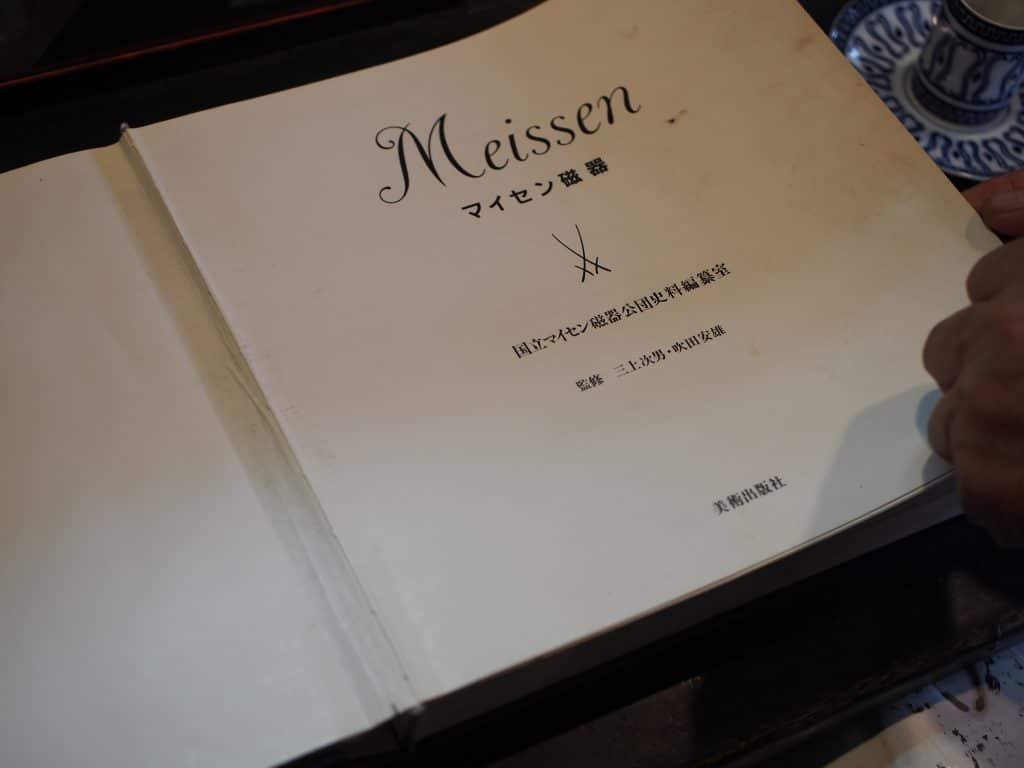
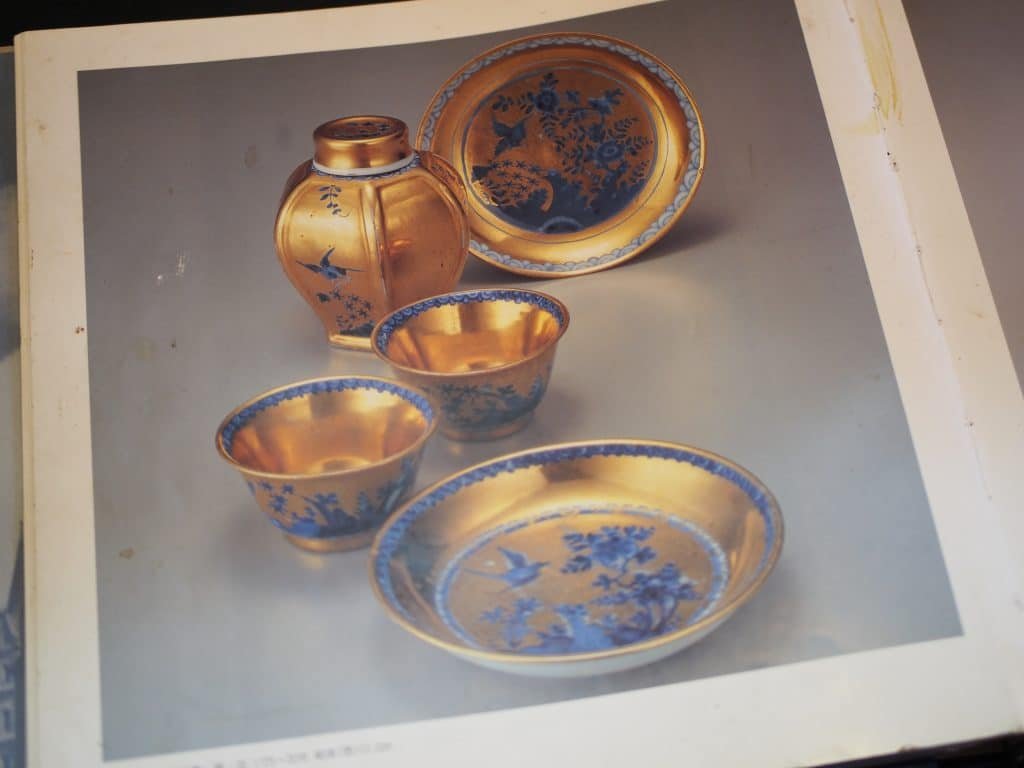
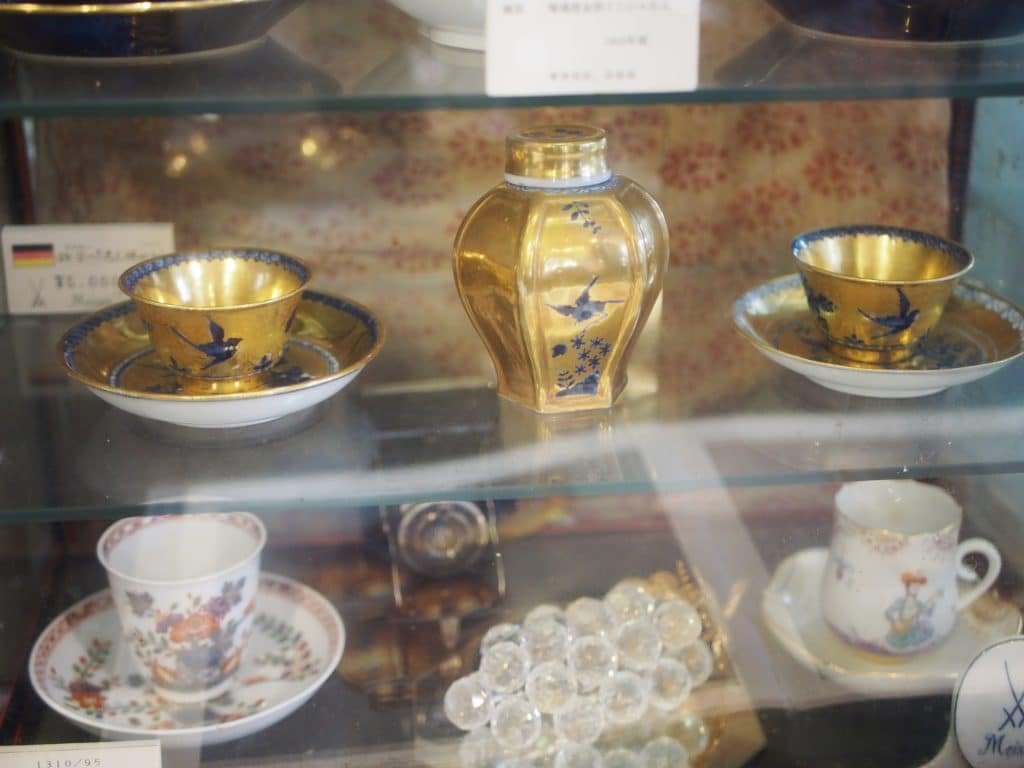
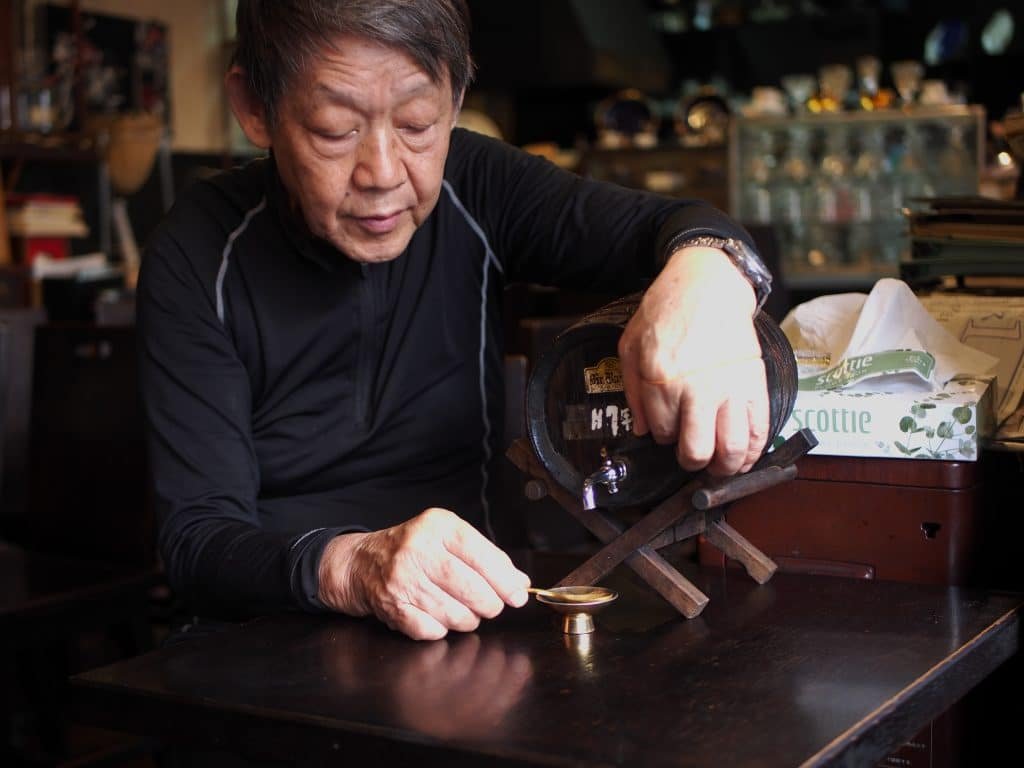
Another menu item I sampled during my visit was the Spartan, which has only been aged for 10 days but still boasts a surprising level of sweetness for being 100% coffee.
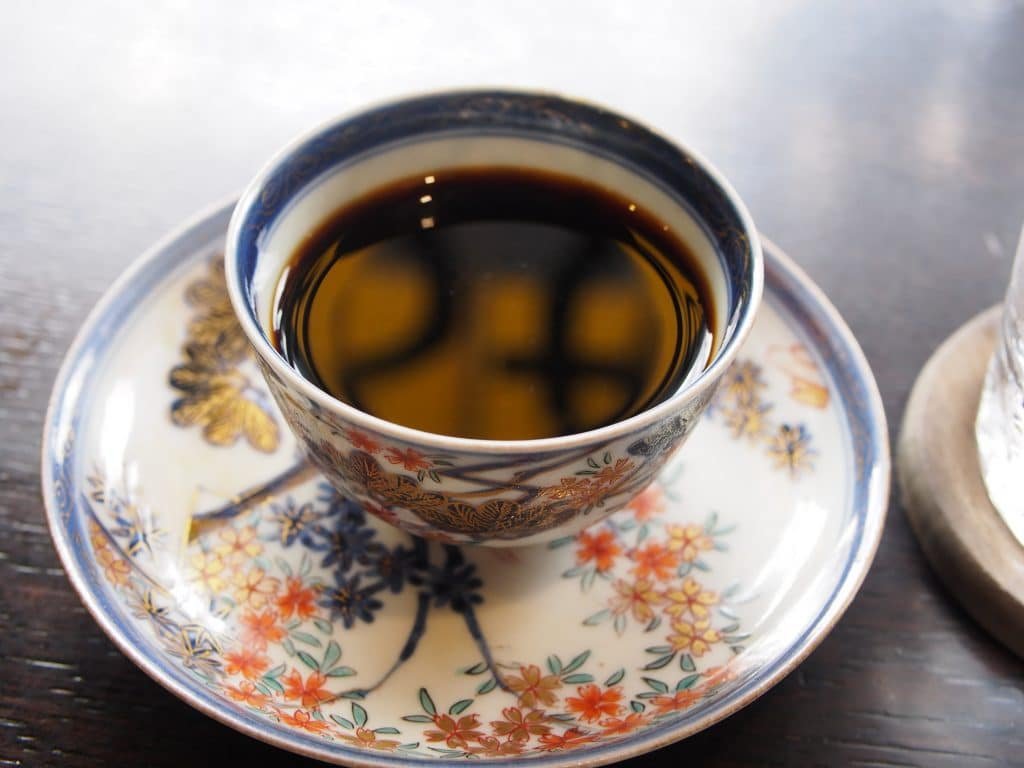
Lastly, I indulged in a shot of coffee that was meticulously extracted over the course of an hour using approximately 150 grams of coffee with half of it being Geisha coffee from Ethiopia.

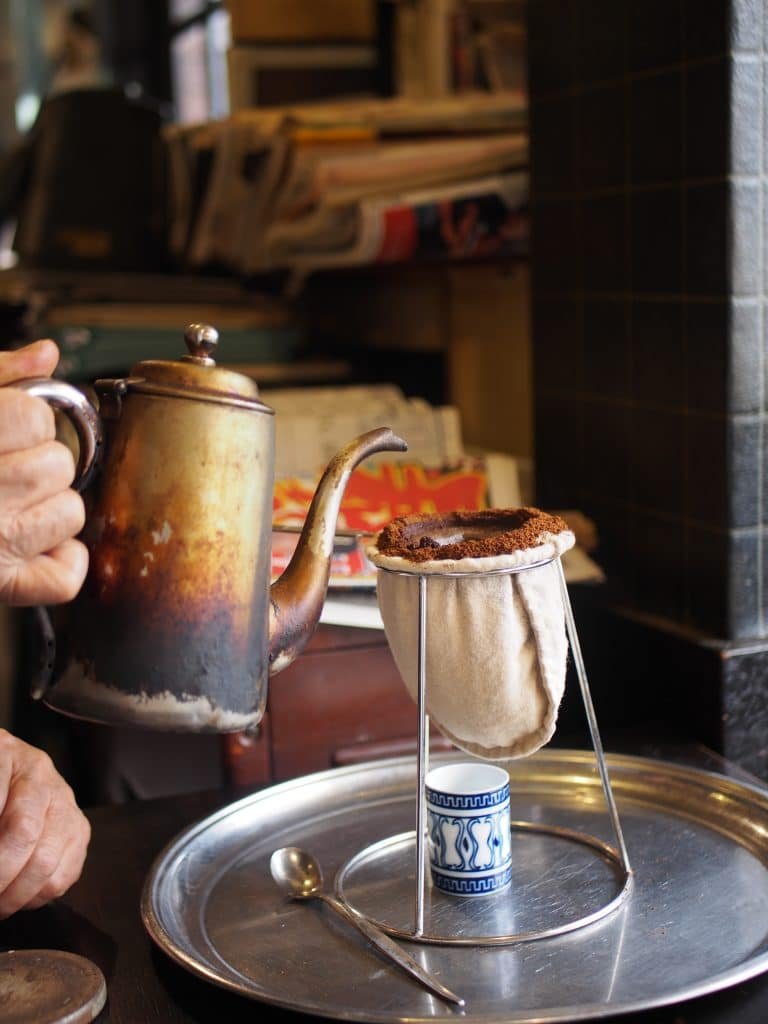
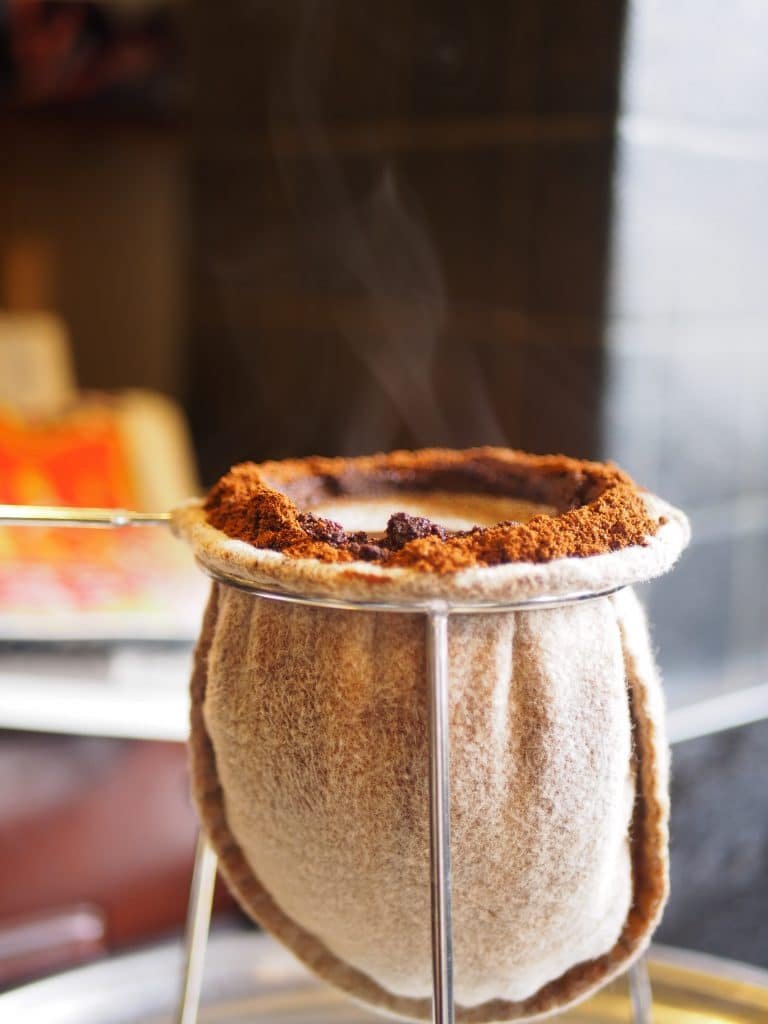

During the brewing process, Mr. Tanaka engaged me in conversation. We discussed American politics, the conflicts in Ukraine and Israel, our families, our backgrounds, and, of course, coffee. He generously shared his poetry with me, showed me portraits from his youth when he was much younger and more handsome, and even shared wedding photos with his second wife. I learned about how, by chance, he developed his coffee aging process and was fortunate enough to gain insights into his one-of-a-kind brewing and fermenting methods.
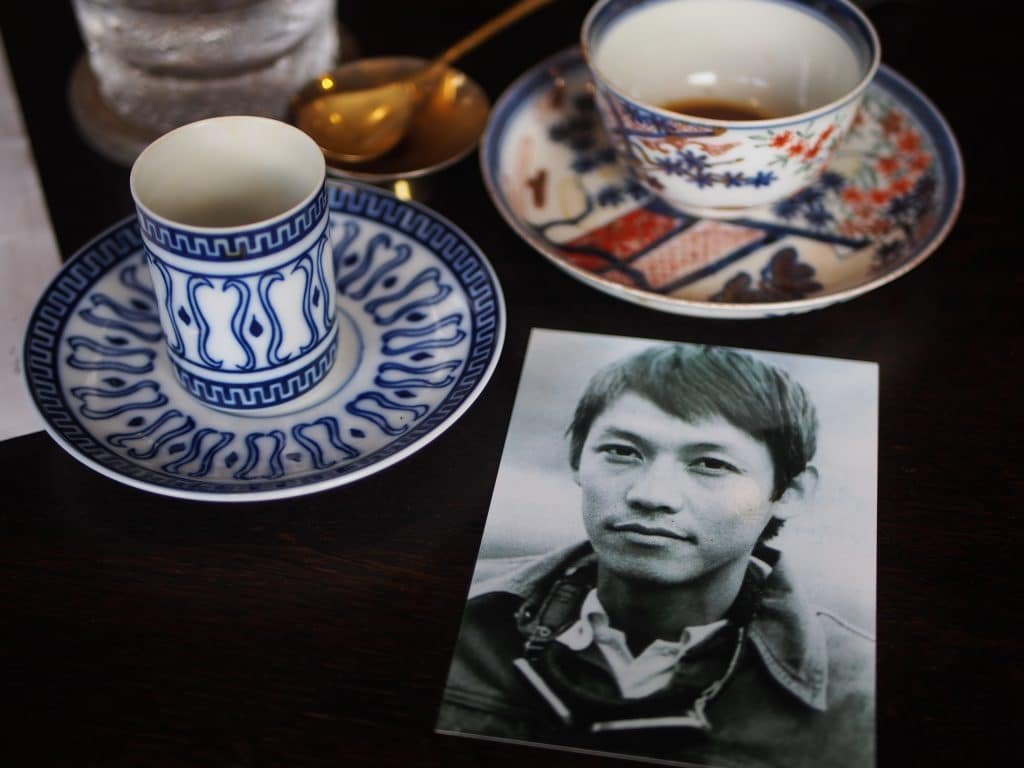
In summary, it was a truly exceptional experience. For a coffee enthusiast in pursuit of the ultimate cup or that elusive high, look no further than The Munch. It’s operated by a self-taught, independent thinker with a penchant for bold experiments, and you can find it in a humble suburban neighborhood in Osaka, Japan.
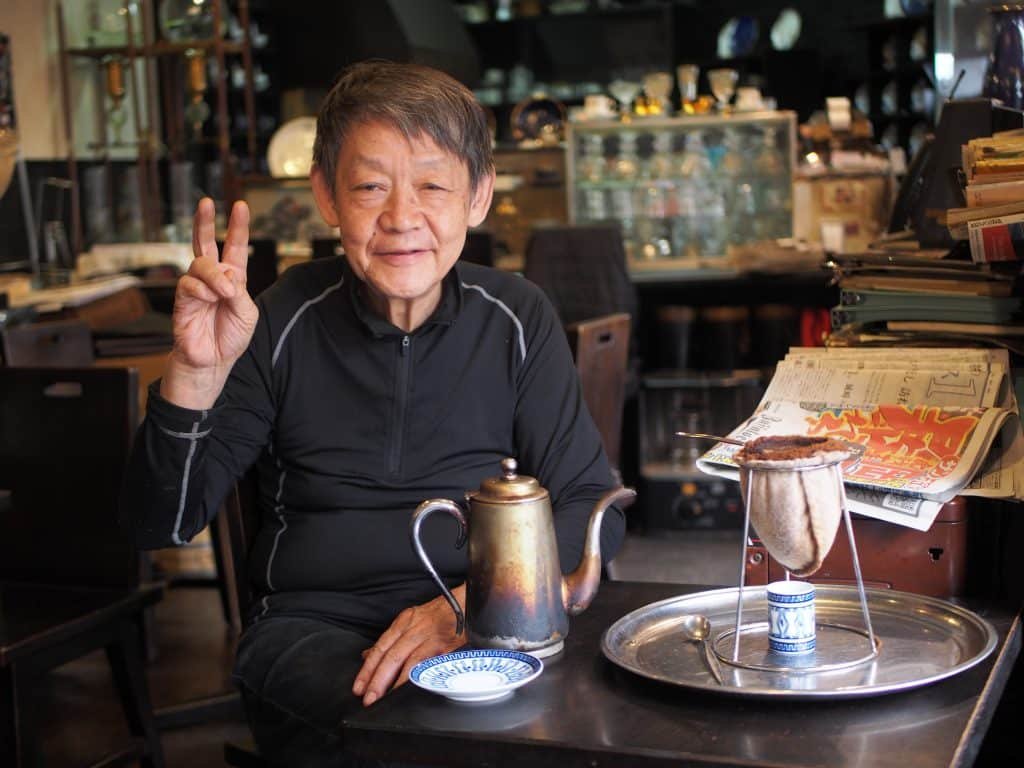
Terra
Address: 1-3-23 Kasugaoka, Fujiidera City, Osaka 583-0026
My next stop on my coffee journey takes me to Terra, a three-minute walk from Fujiidera Station on the Minami Kintetsu Osaka line. This coffee shop is both a roastery and cafe, with a Boston Terrier serving as the store mascot. He’s quite the charmer and can be found inside the cafe, offering companionship to customers.
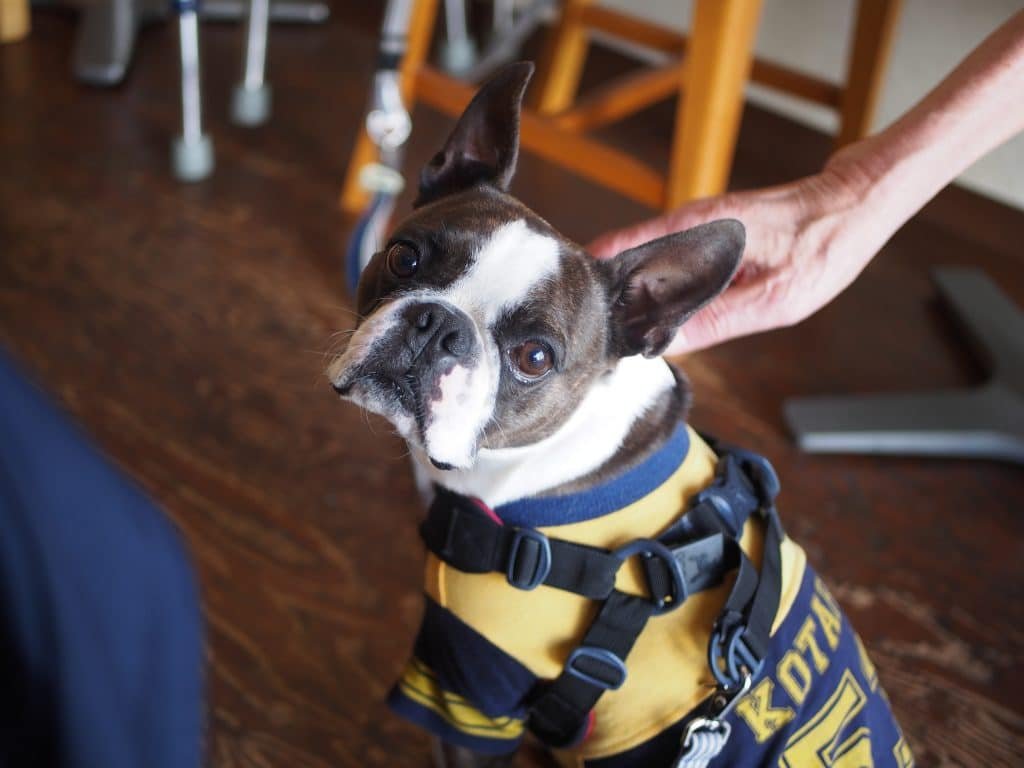
Terra’s menu also features a two-axis graph, similar to the one I found at Onca Coffee in Fukuoka. This graph illustrates the various coffee beans available and where they fall on the sour to bitter and robust to delicate scale. I tend to prefer a more sour brew, so I opted for the sourest option in the shop – a coffee from Guatemala.
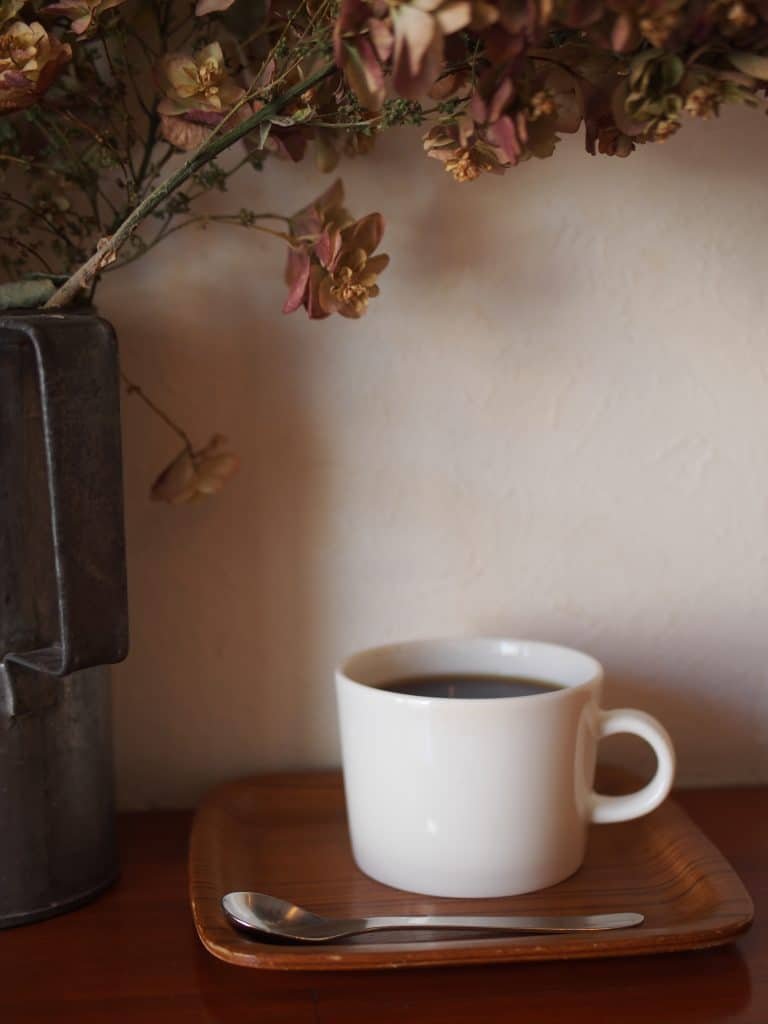
Fujiidera Temple
Address: 1-16-21 Fujiidera, Fujiidera City, Osaka 583-0024
Fujiidera temple, located near Terra, provides a peaceful contemplative break from the hustle and bustle of the streets, making it well worth a visit after a cup of coffee.

Coincidentally, this visit happened just a day before the one-year anniversary of my father’s passing. While at the temple, I stumbled upon a statue of a baby at the feet of a Jizo, and it couldn’t help but remind me of my father. I’m often reminded of him, even in the faces of strangers. If I abstract my father enough, he could be simplified into broad concepts like love, connection, and humankindness.
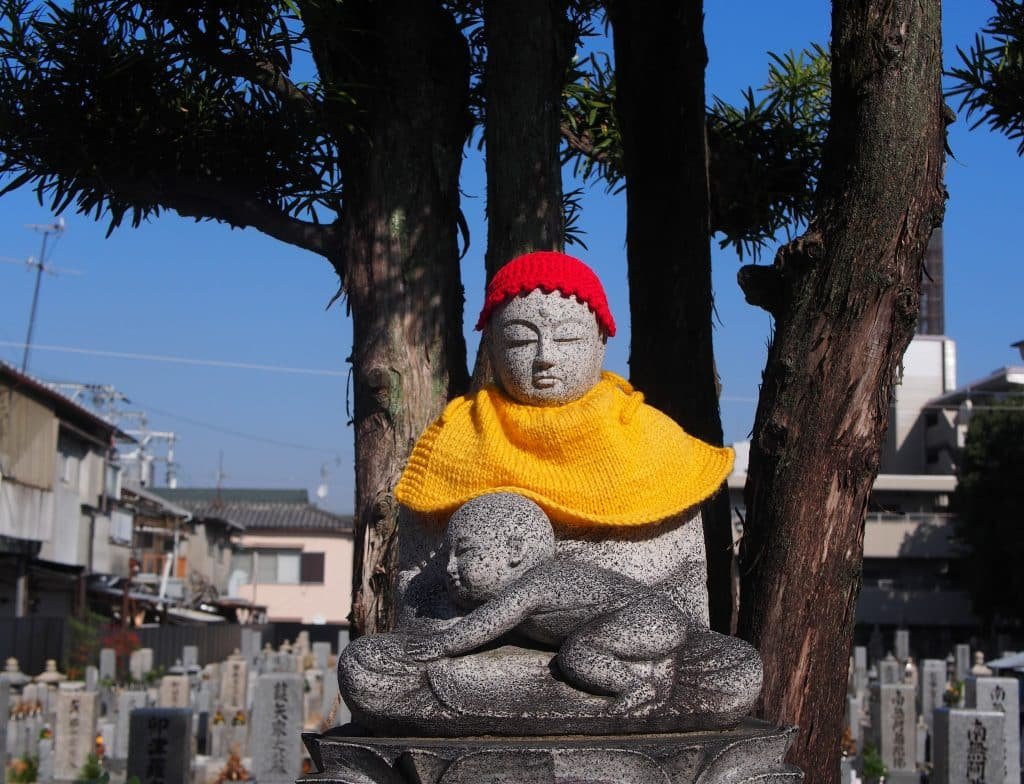
Reflecting on Coffee Adventures in Osaka and Looking Ahead
My coffee journey is just beginning. Every day, I have the opportunity to explore the city around me through its cafes and roasteries. It’s a journey I will continue, and I hope it continues to guide me on further adventures in search of a good cup. In Osaka alone, I’ve marked almost 100 cafes on Google Maps that I plan to visit. Hopefully, we’ll bump into each other at one of the many cafes in Osaka.



